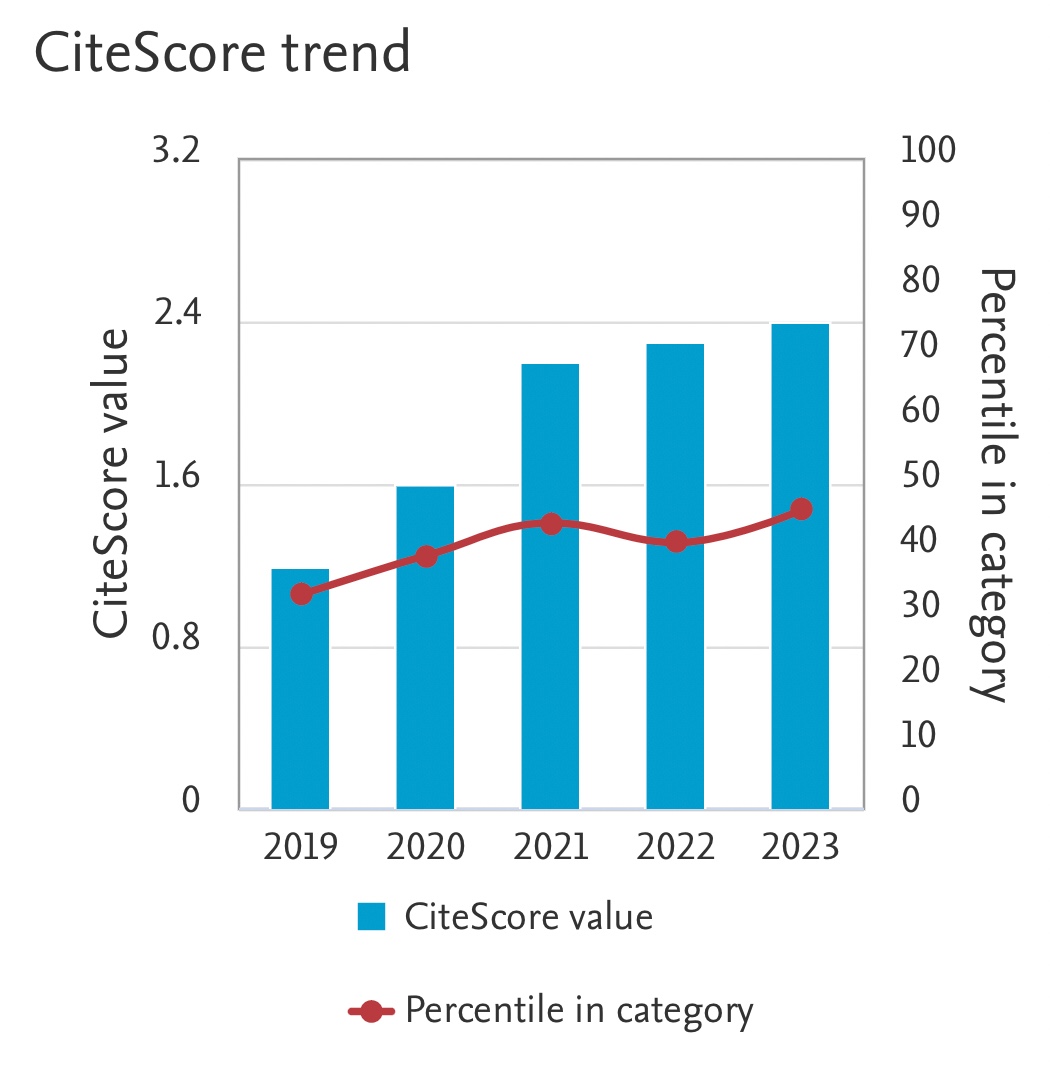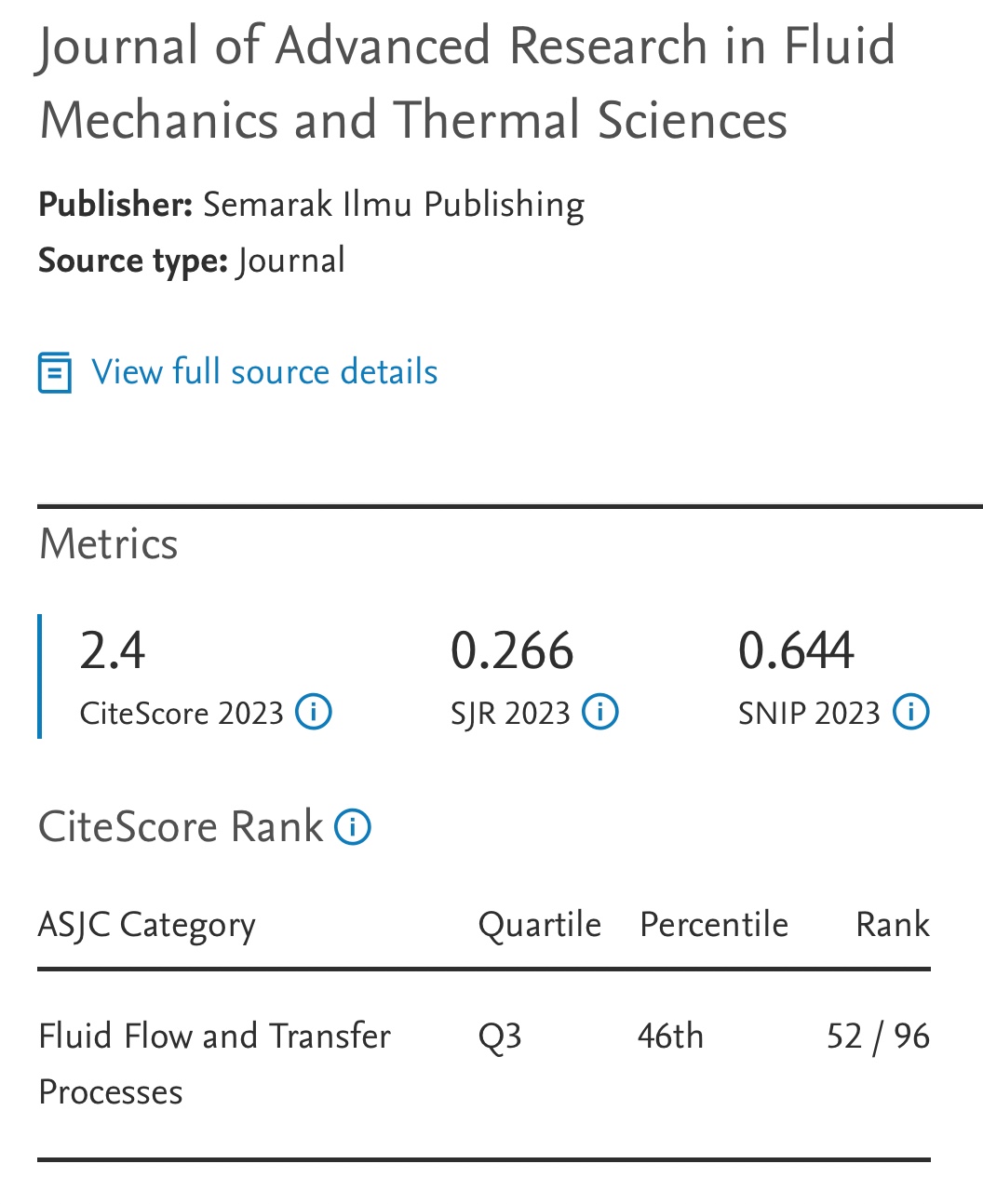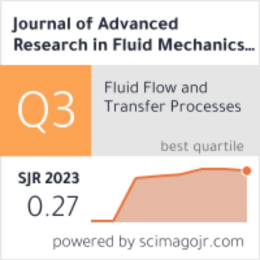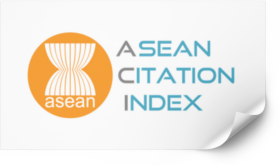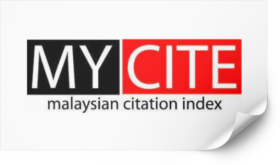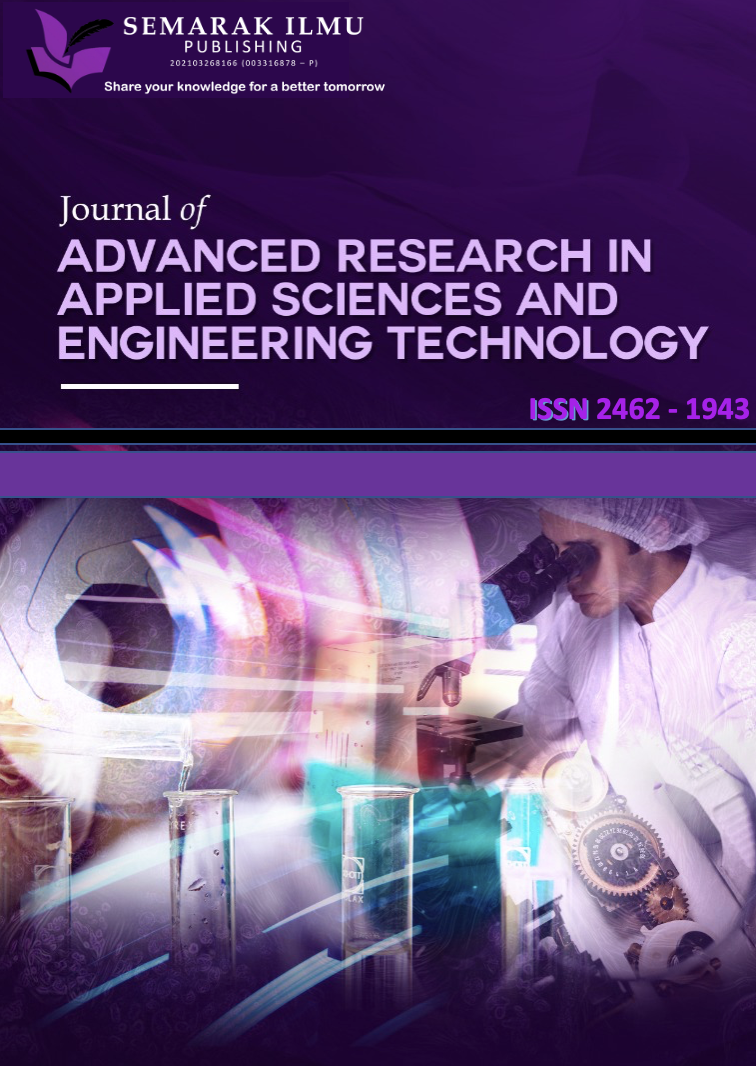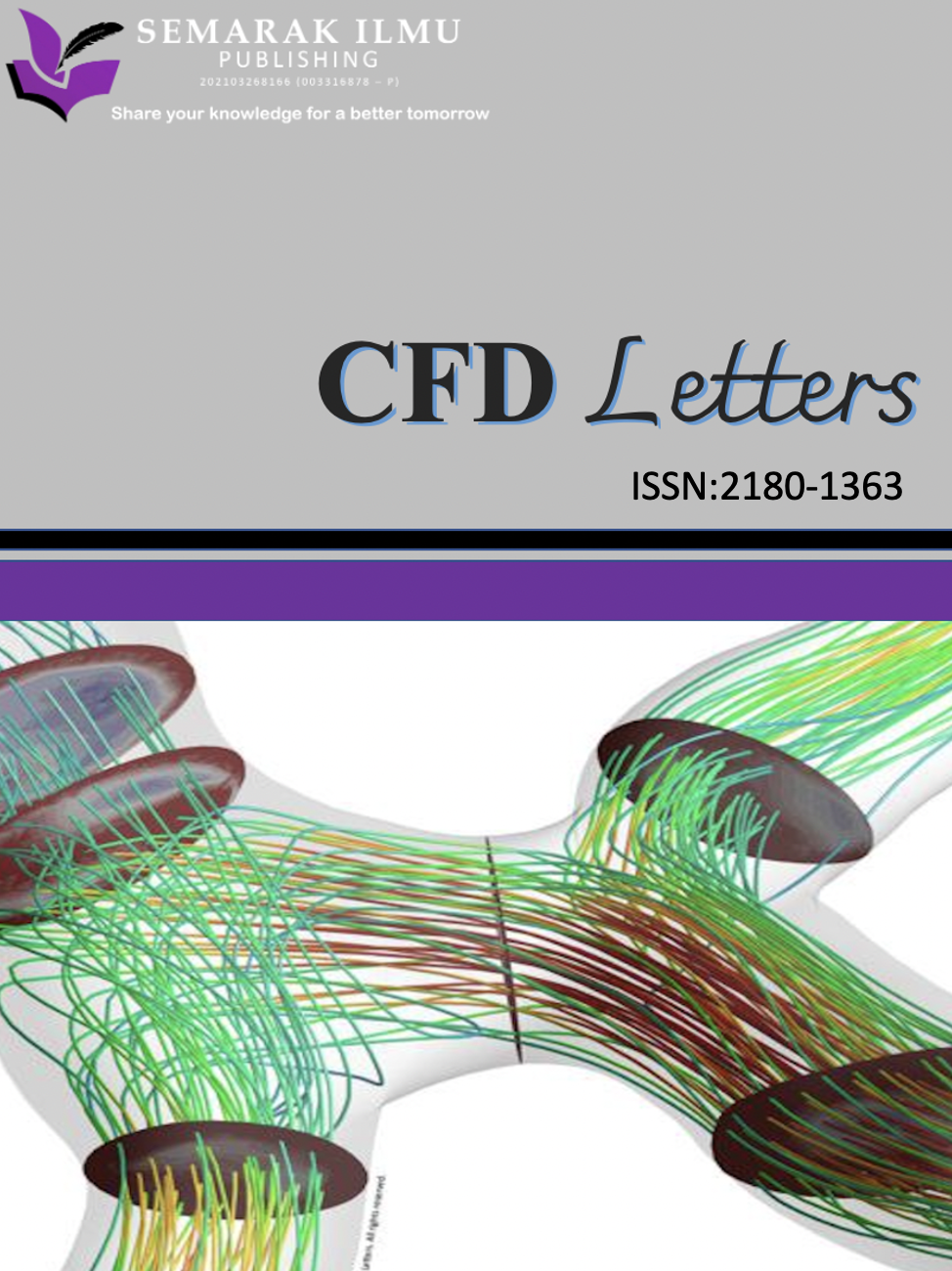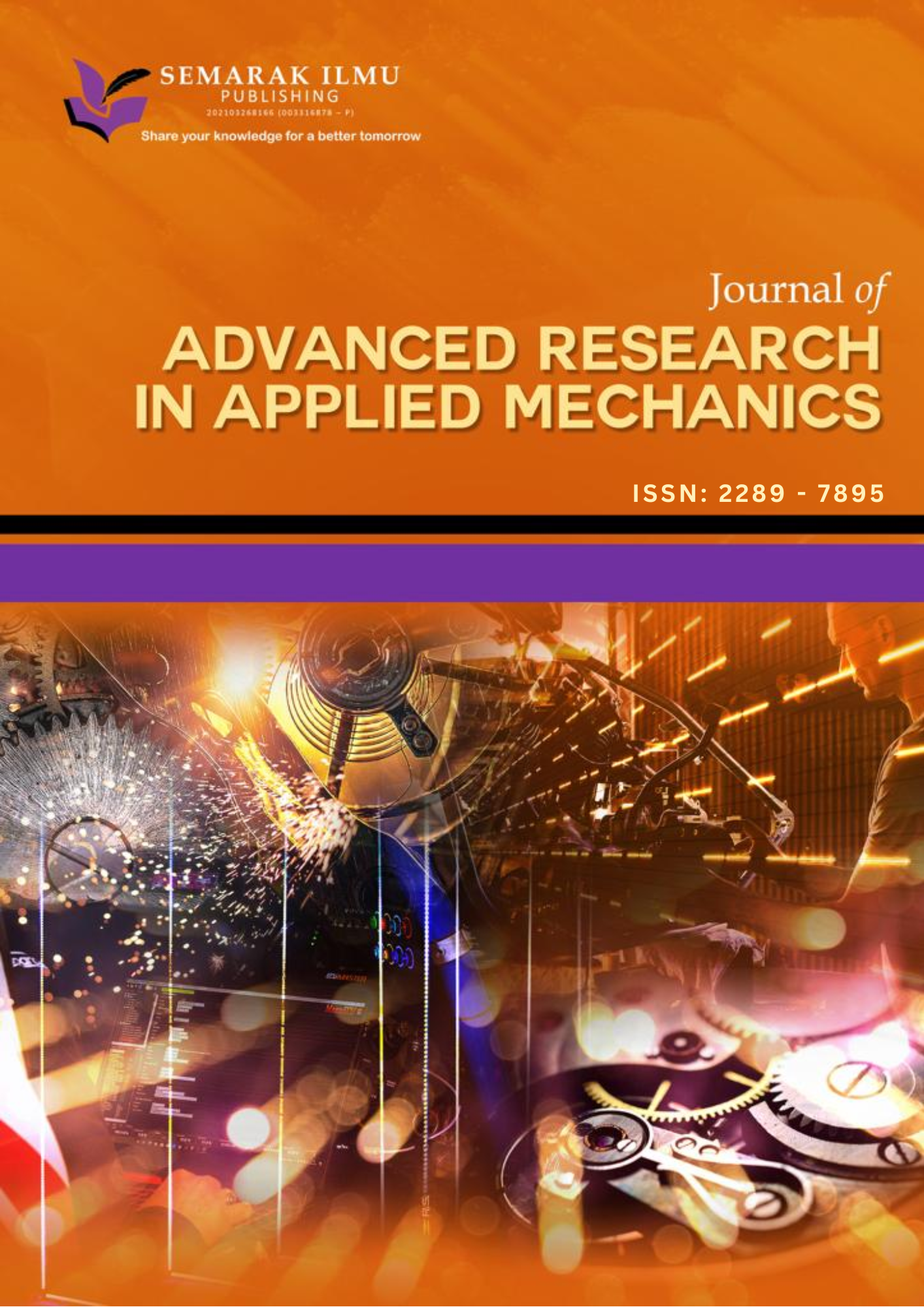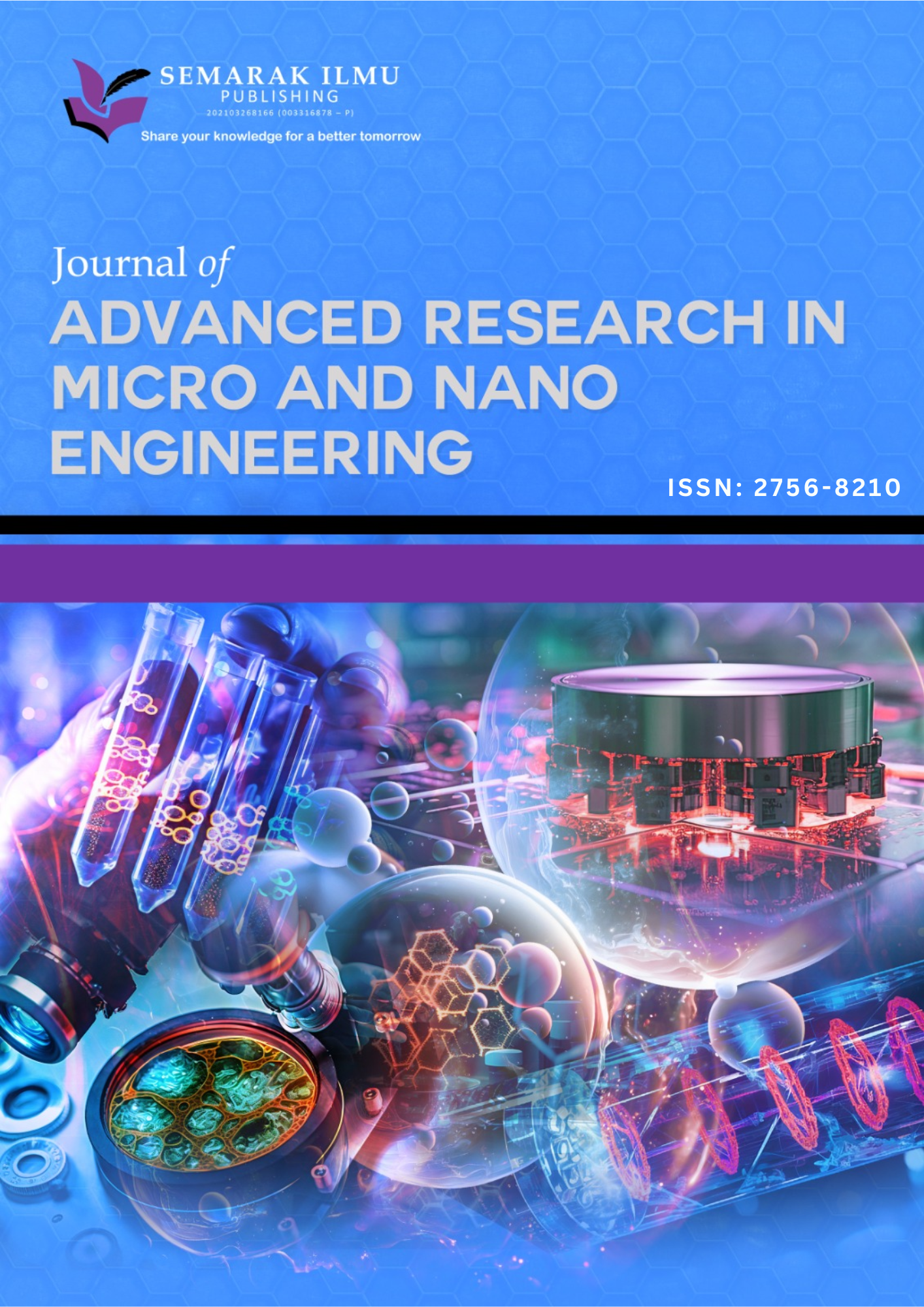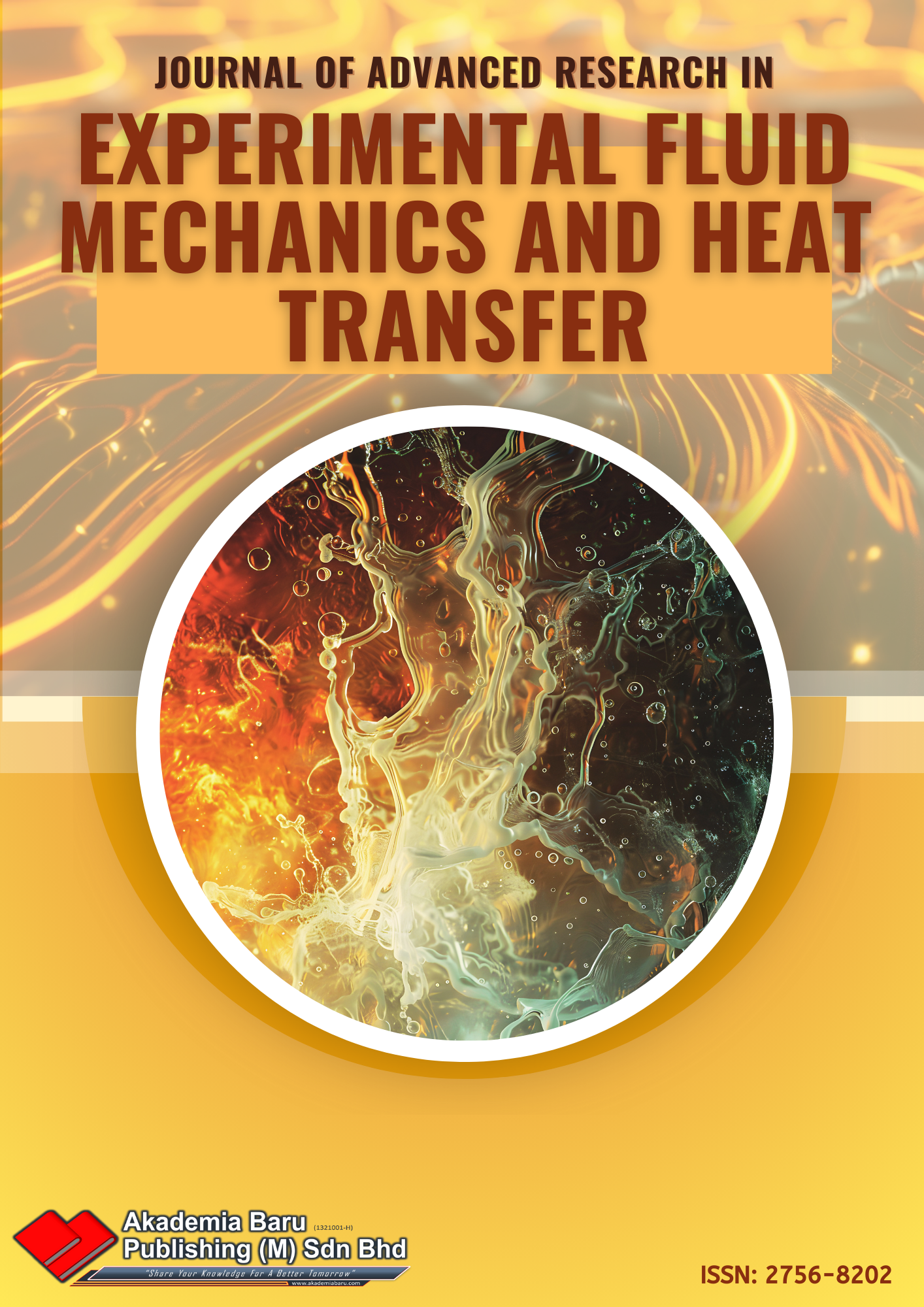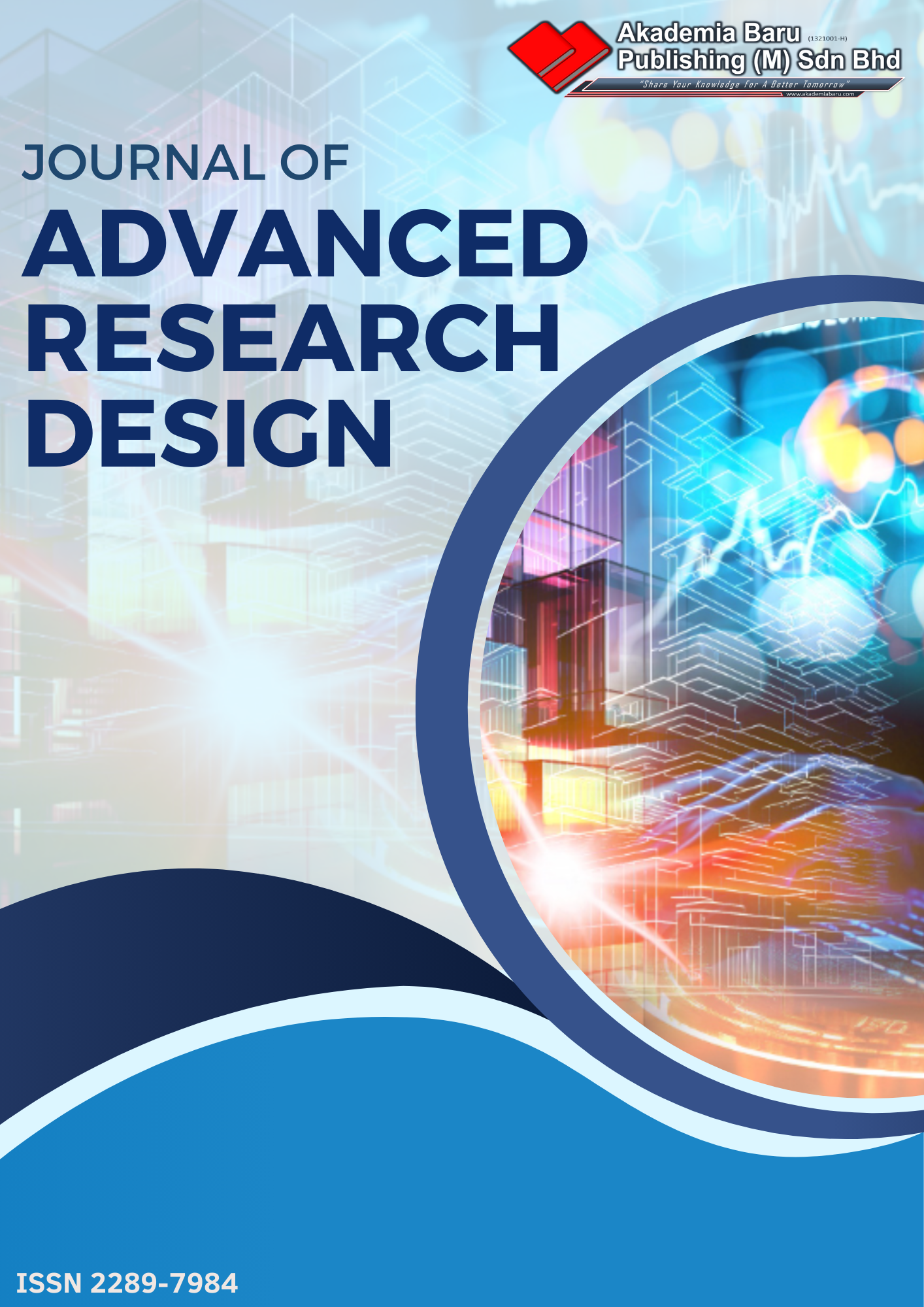Effects of the Renewable Blends and Exhaust Gas Recirculation on Enhancement of NOx-PM Trade-Off in Direct Injection Diesel Engine
DOI:
https://doi.org/10.37934/arfmts.129.1.124135Keywords:
Trade-off, methanol, ethanol, EGR, NOX emissions, particulate matter, diesel engineAbstract
In most countries, strict emission standards have led to a focus on clean, renewable fuels. The addition of oxygenates, including ethanol and methanol, to petroleum fuels (gasoline and diesel) has been demonstrated by many researchers since the 1970s without adversely affecting engine performance or improving emissions. Since these alcohols contain oxygen in their chemical composition, they reduce carbon dioxide emissions (carbon monoxide, carbon dioxide, and unburned hydrocarbons), but increase nitrogen oxide emissions. Exhaust gas recirculation (EGR) technology has been adopted as one of the ways in which can be control the emissions of NOX, so the combination of diesel fuel mixed with alcohols (such as ethanol-diesel and methanol-diesel) was extensively studied in both cases of adding EGR to the engine intake manifold and those where it wasn't added. In this study, diesel-alcohol mixtures were tested under variable engine operations to determine how they affected NOX-PM trade-offs. To reduce nitrogen oxide (NOX) and particulate matter (PM) emissions, this study focuses on developing the most efficient EGR ratio for entering the engine. For different engine operating conditions, butanol-diesel blended fuels (BD10) and 20% jatropha biodiesel and 80% diesel blended (JBD20) reduced PM concentrations in the tailpipe by 21.33% and 28.66%, respectively. At the same time, NOX emissions were kept at a moderate level, which indicates that the interaction between EGR and oxygenated blends leads to a decrease in the NOX by 56.32% and 43.69% from blends of JBD20 and BD10, respectively, compared to the diesel fuel. It has been found that the NOX/PM concentrations significantly decreased by 24.63% and 21.37% from the combustion of BD10 and JBD20, respectively, under variable loads and speeds of diesel engines.
Downloads











